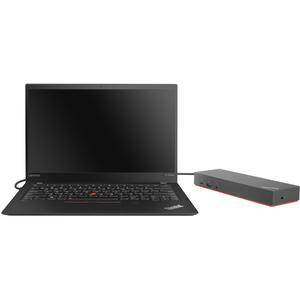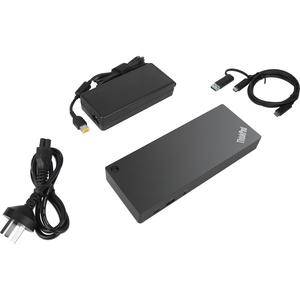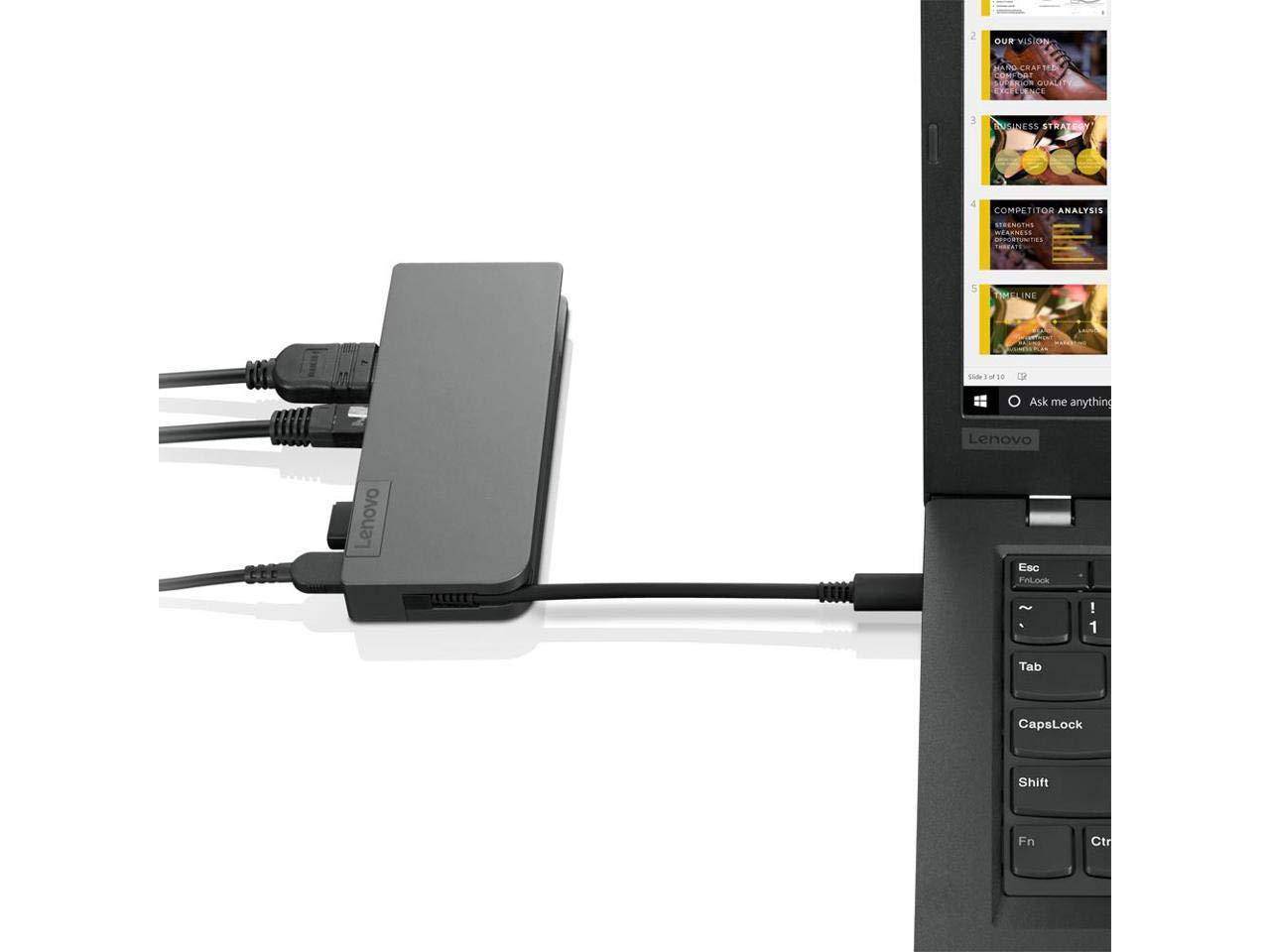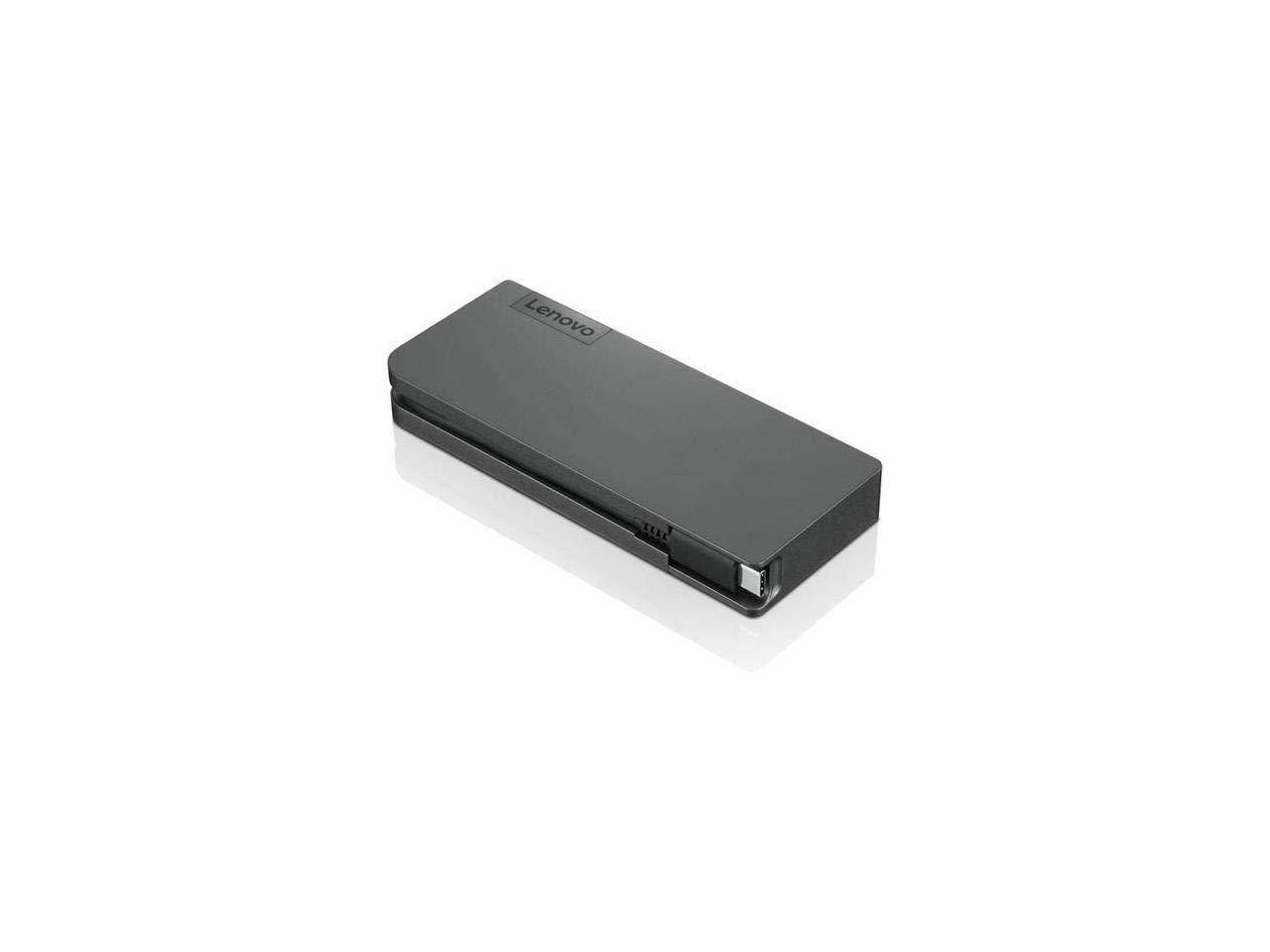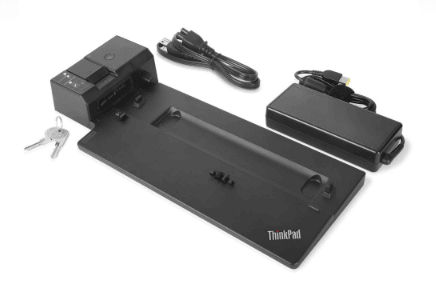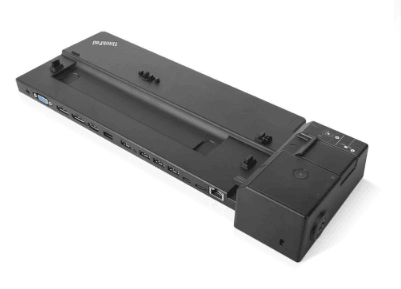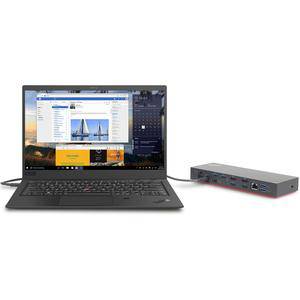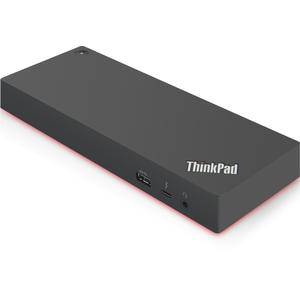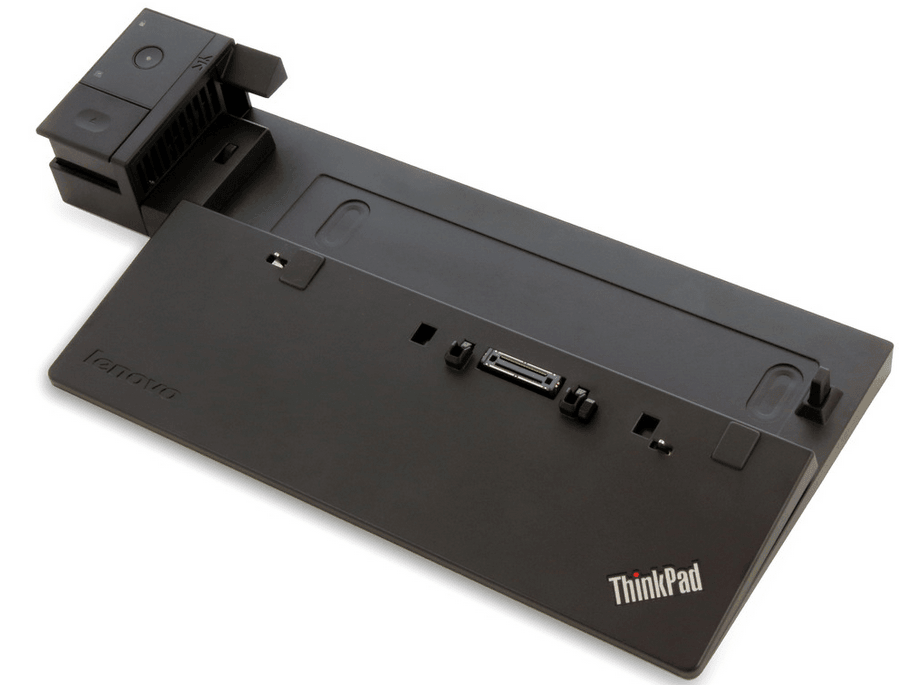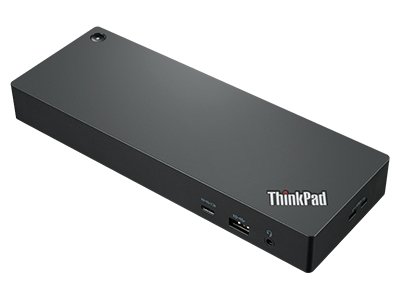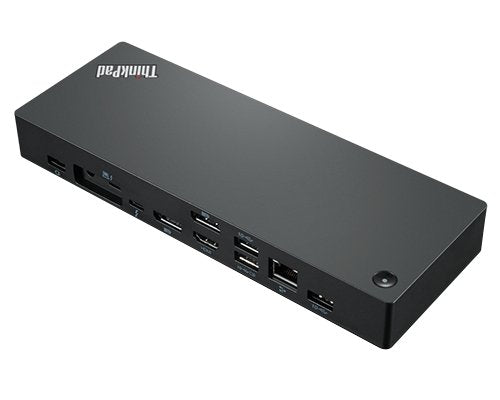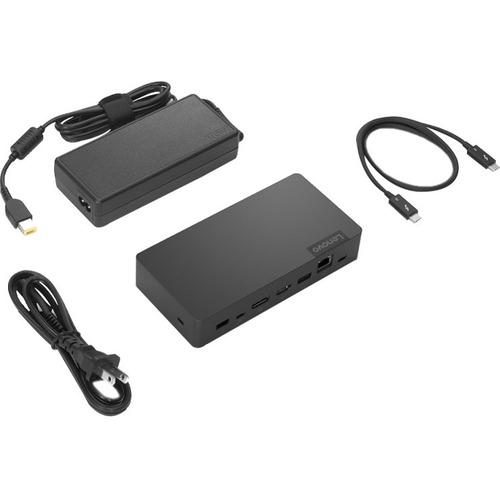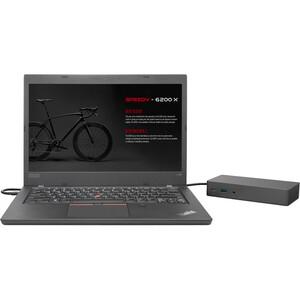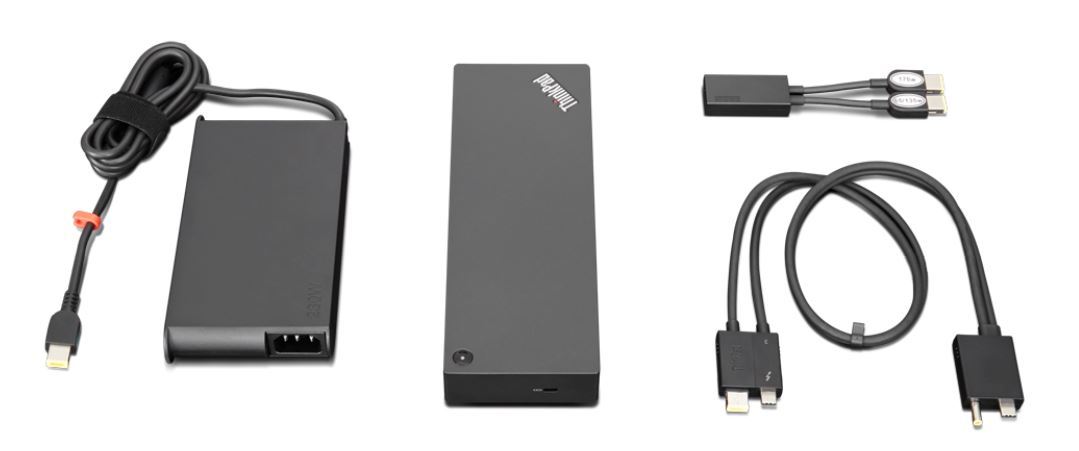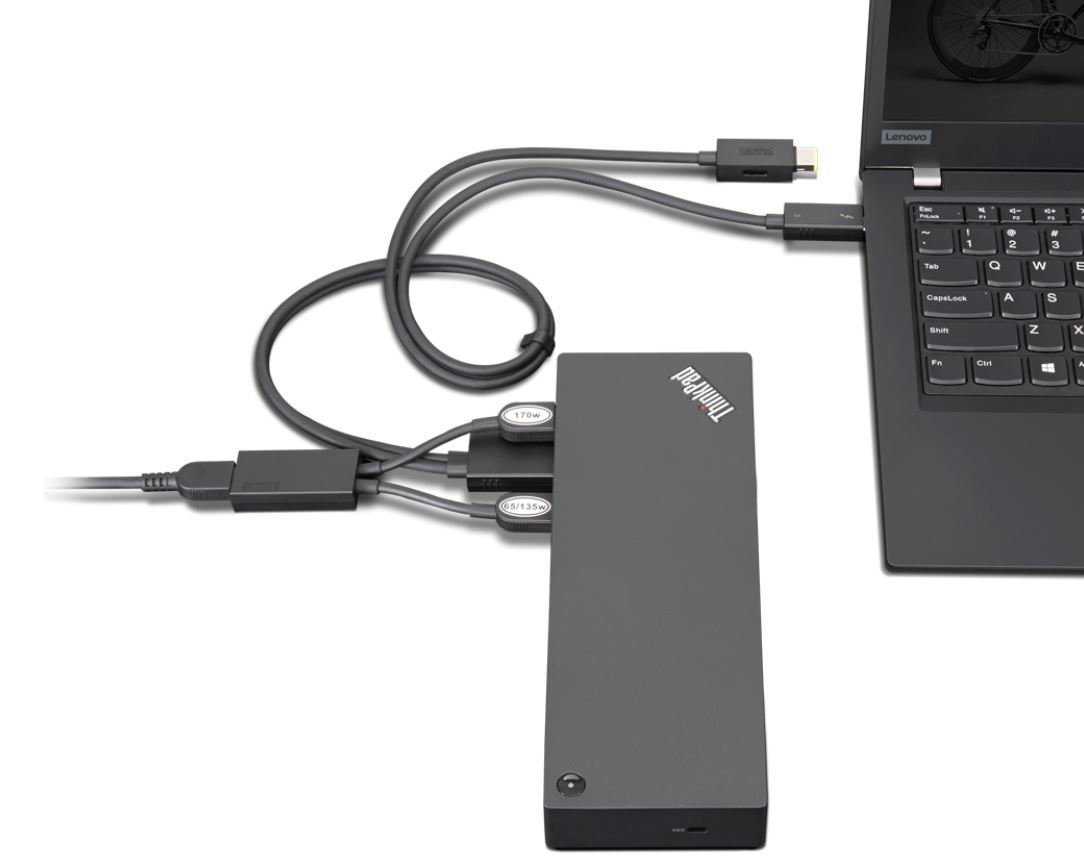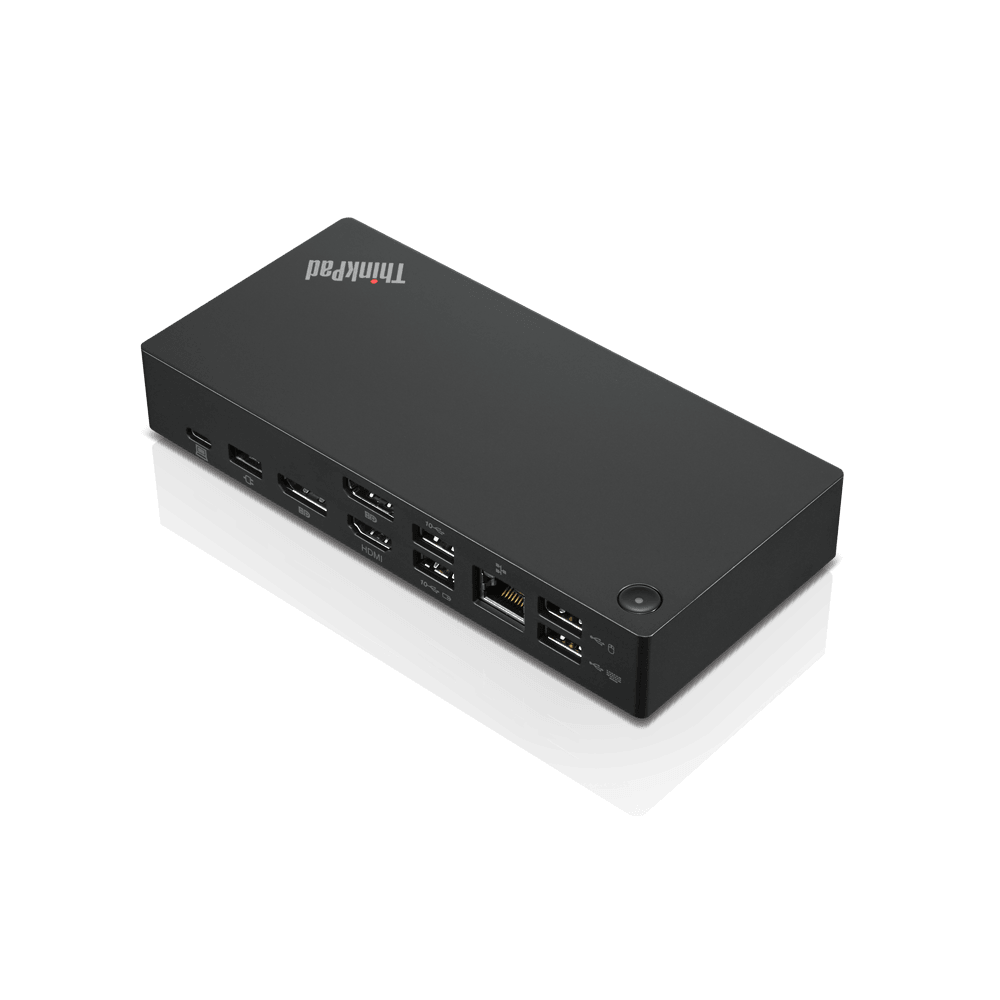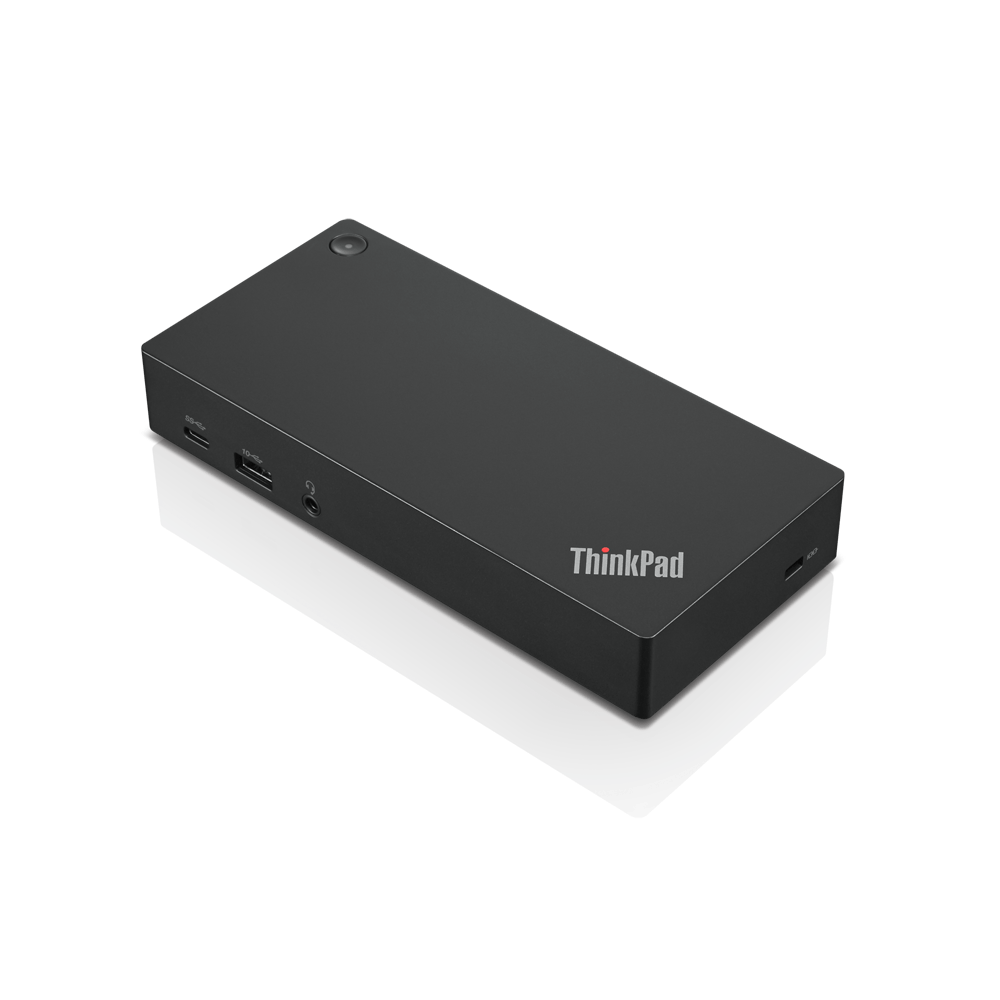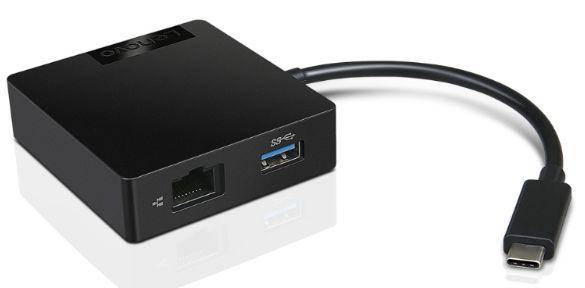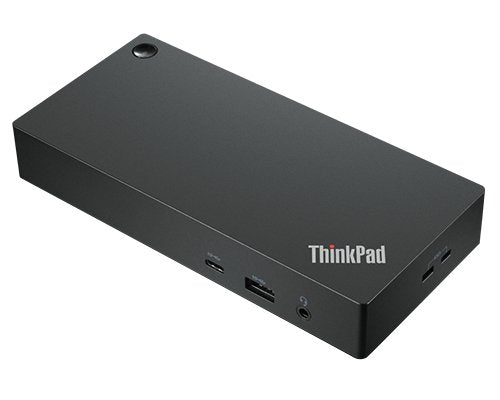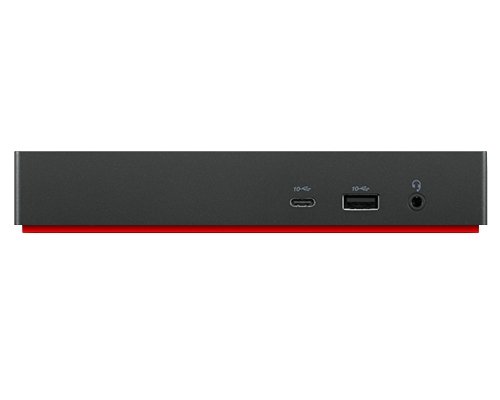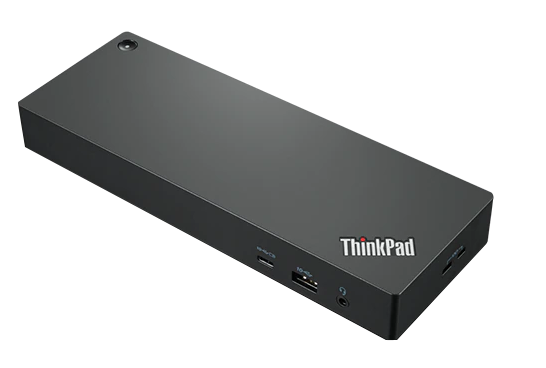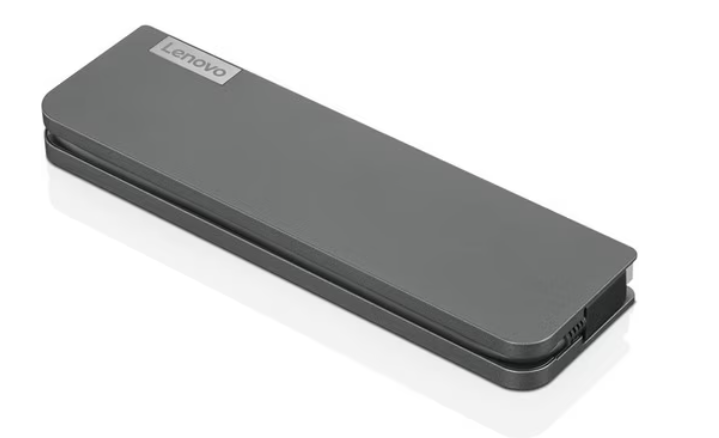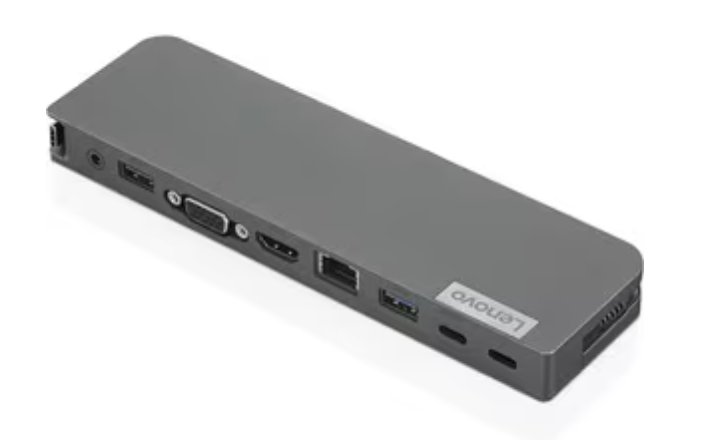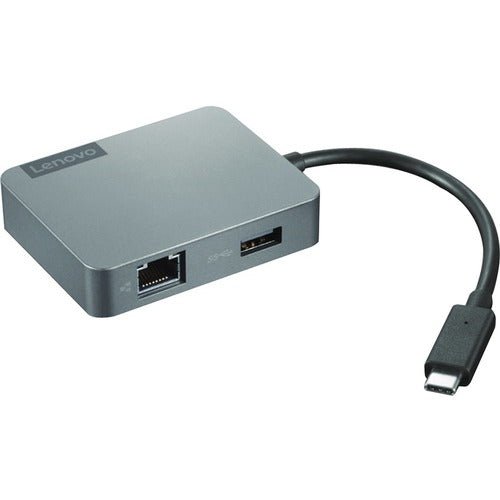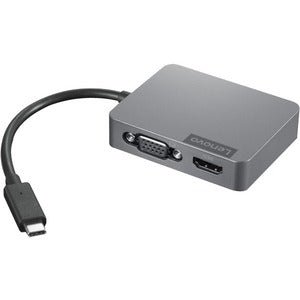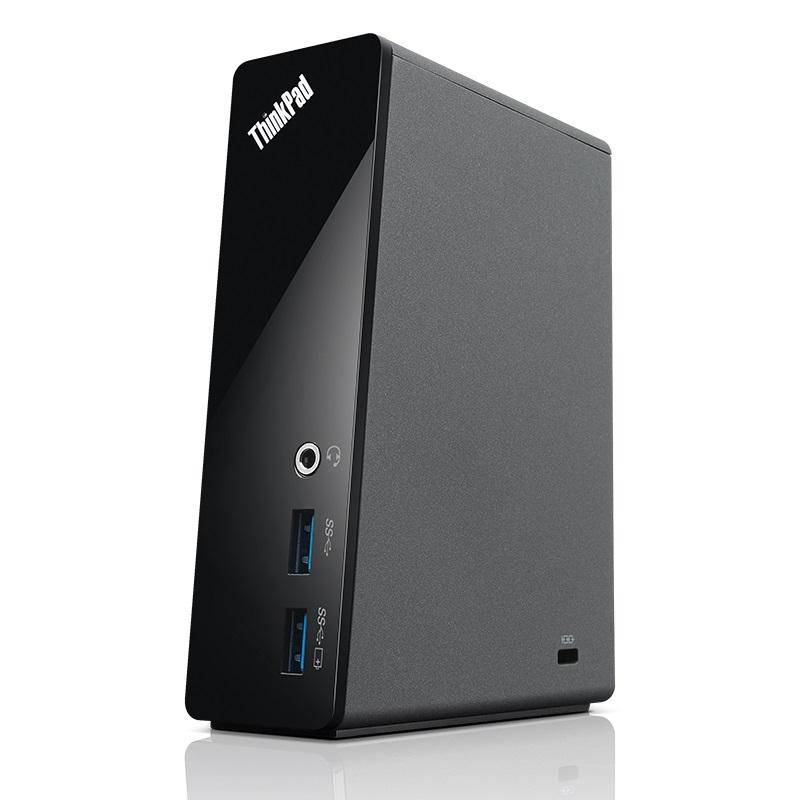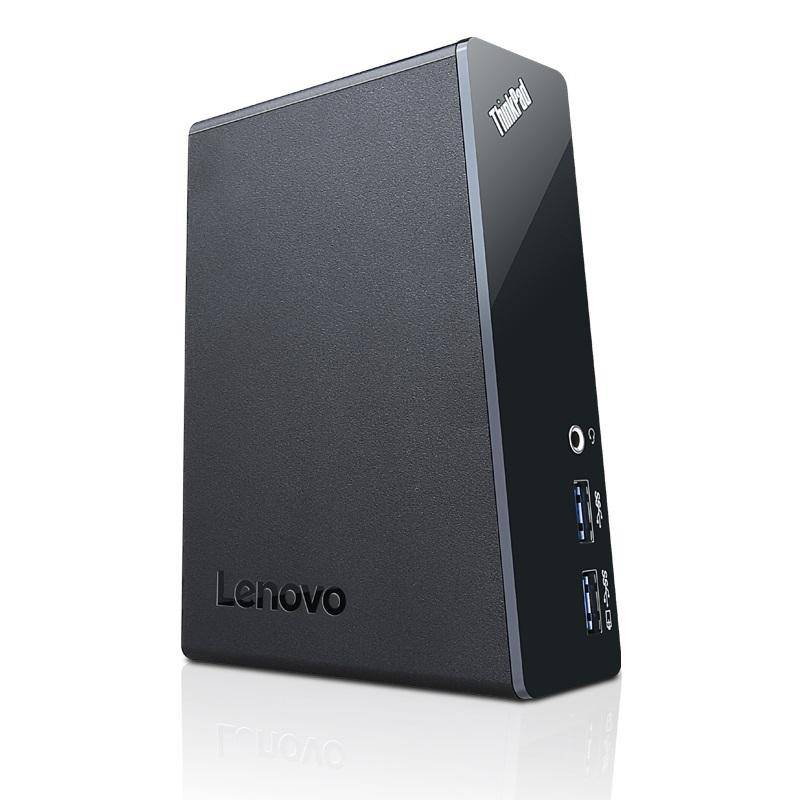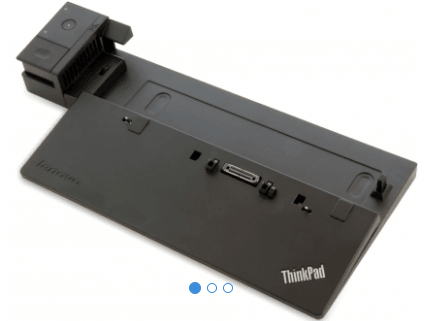Lenovo Docking Station
16 products
Showing 1 - 16 of 16 products
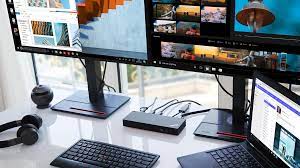
Lenovo Docking Station delivers unmatched performance to advanced professionals. With the best-in-class port expansion, power delivery, and multi-4K video support, these docking stations are just what you need to shoot up your productivity through the roof.
For those who want the best, Lenovo Docking Solutions are a smart choice. We´ve spent the last 30 years engineering each generation to push the boundary of possibility. With every new model came something extraordinary. Whether that be transitioning from mechanical docks to cable docks or from basic features to the plethora of smart technology we have today. It was this obsession with perfection that propelled us to the leadership position we now enjoy.
Docking Station
In the realm of computing, a docking station serves as a convenient solution for connecting mobile devices, such as laptops or smartphones, to a host of peripherals and external displays. These devices offer a simplified and centralized way to facilitate connectivity, effectively transforming a portable computing device into a more robust workstation setup.
Type of Docking Station
Docking stations can be broadly categorized into several distinct varieties, each catering to specific needs and use cases:
1. **Expansion Docks**: These docks provide hardware expansion capabilities for the connected device, allowing for the integration of external storage drives, dedicated graphics processing units (GPUs), or even liquid cooling radiators. By offering such enhancements, expansion docks enable users to augment the capabilities of their portable devices, potentially bridging the performance gap with their desktop counterparts.
2. **Port Replicators/Hubs**: Functionally akin to a bundle of extension cables, port replicators or hubs offer a streamlined approach to accessing and replicating the existing ports on a device. These docks commonly feature a range of connectors, such as USB ports, audio jacks, and display outputs, facilitating the connection of various peripherals and external displays. Often bus-powered and compact in design, port replicators provide a convenient way to expand the connectivity options of a device without the need for individual adapters or cables.
3. **Breakout Docks/Multi-Port Adapters**: Building upon the concept of port replicators, breakout docks take connectivity options a step further by offering additional ports beyond those already present on the connected device. These docks leverage proprietary connectors or consolidated signal traces to expose a broader array of interfaces, including external buses and specialized ports. This approach enables devices with a limited number of physical ports to access the full range of features and connectivity options supported by their internal hardware.
4. **OEM/Proprietary Docks**: Designed specifically for certain laptop models or product lines, OEM (Original Equipment Manufacturer) or proprietary docks offer a tailored solution for seamless integration with the host device. These docks often incorporate proprietary connectors and may include features such as wired internet connectivity, multiple display outputs, and a variety of USB and audio ports. While offering a streamlined experience, OEM docks typically require upgrading alongside the connected device.
5. **Universal or Third-Party Docks**: Offering a vendor-neutral alternative to OEM docks, universal or third-party docks provide a flexible and versatile solution for mixed device environments. These docks typically leverage industry-standard interfaces like USB-C or Thunderbolt, enabling connectivity with a wide range of devices from different manufacturers. Universal docks often incorporate a diverse array of converters, adapters, and interfaces, such as USB display adapters, external GPUs, audio chipsets, network interfaces, storage enclosures, and even PCI Express card slots. By consolidating these various connections through an internal USB hub or PCI Express bridge, universal docks enable host devices to access an expansive set of connectivity options beyond their native capabilities.
In addition to these primary categories, there are also notebook/laptop stands and risers, which are designed to elevate and support portable computers, improving ergonomics and providing features like enhanced cooling or desk space conservation. Some advanced versions of these stands may even incorporate high-speed interfaces for video, USB, and Ethernet connectivity.
Furthermore, a relatively recent innovation in the world of docking stations is the concept of notebook/laptop shells. These devices resemble traditional laptops but lack essential components such as CPUs, GPUs, RAM, and storage. Instead, they are designed to accommodate a smartphone or similar mobile device, which acts as a replacement for these missing components, effectively transforming the shell into a functional laptop-like system.
Docking stations play a crucial role in bridging the gap between the portability of mobile devices and the connectivity and performance demands of modern computing environments. By offering a streamlined and centralized approach to peripheral integration, docking stations empower users to seamlessly transition between mobile and desktop computing experiences, enhancing productivity and versatility in both professional and personal settings.
Resources
- Commercial Deployment Readiness Team: Lenovo Dock Manager
- [Video] Lenovo Dock Manager - Overview
- [Video] Lenovo Dock Manager - Configuration And Deployment
- [Video] Lenovo Dock Manager - Firmware Updates and Information Queries
- Commercial Deployment Readiness Team: Lenovo Docks Deployment Guide
- Lenovo Smart Find
- Accessories Compatibility Guide
- ThinkPad and Lenovo Docks: Industry Standard Compatibility
- Display and Video Output Configurations - Docking Stations
- Linux Support on Lenovo ThinkPad Docks
- Popular Topics: Tips for PC's
- Lenovo Vantage: Using your PC just got easier
- Product Specifications Reference (PSREF) - Features and technical specifications of Lenovo products
